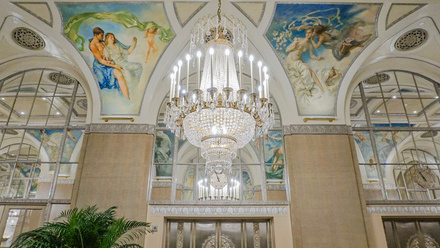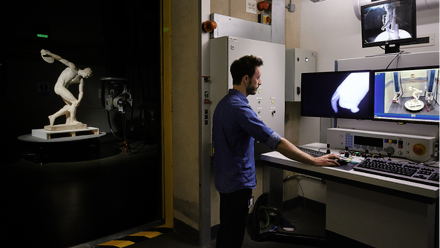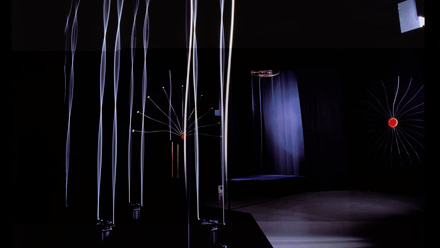Street art and its preservation has been largely debated in recent years in the field of conservation, although it is often underrepresented in academic programs. The absence of a shared and sharable conservation protocol with regard to the cleaning and protection still remains an open issue. The cleaning of contemporary murals and urban artworks stained by graphical vandalism is a real challenge, due to the similar chemical composition of the materials involved and the specific degradation phenomena related to the outdoor exposition. Besides, these artworks are often considered ephemeral by their own authors.
All these topics were addressed within the CAPuS project (Conservation of Art in Public Spaces), developed as part of the European Programme Erasmus+ Knowledge Alliances between January 2018 and June 2021, with the involvement of 17 different partners from 5 member countries of the EU. One of the main goals of the project was the definition of guidelines for the protection and conservation of contemporary public art, especially mural paintings and metal sculptures. The challenge of the CAPuS project was to formalize the most appropriate conservation strategies driven by economic, environmental and social sustainability criteria by enhancing the involvement of all possible stakeholders (e.g., higher-education and cultural institutions, companies that produce art and conservation materials, local administrations, heritage protection bodies, professional conservators, artists and local communities).
The project envisaged four main operational phases. First, a number of artworks (almost a hundred murals and sculptures, in total) were selected, and their socio-cultural context explored. The techniques, materials and condition of each artwork were then examined, and products for specific conservation treatments identified on the basis of laboratories tests. A conservation methodology for public artworks was then defined. Finally, models for the transfer of the acquired knowledge and experience to students, educators and professional conservators were devised.
An overview about the main outcomes of the CAPuS project will be given, also reporting all the freely accessible online resources and tools produced within the partnership.
Speakers:
Arianna Scarcella is a conservator at the Centre for Conservation and Restoration of Cultural Heritage “La Venaria Reale” (CCR), she held several conservative projects and interventions on wall paintings, stones and architectural surfaces in Pompei, on artworks from Museo Egizio of Turin and in several sites in Piedmont. She collaborates, as lecturer, with the University of Turin, holding several internships, workshops and courses on wall painting conservation (2020-2021). In 2016-2018 she joined, as stone and wall paintings conservation trainer, the international cooperation project PMPS, in Jerusalem (archeological site of Bethany Tomb). From 2017 she has been involved, as researcher and trainer, in different research projects on urban spaces and public art conservation, such the CAPuS European Project on Conservation of Art in Public Spaces. In 2020, she joined the Advanced Training School of CCR, developing and managing international training programs on heritage conservation and capacity building with worldwide museums and international UN organisations.
Chiara Ricci is a conservation scientist at the Centre for Conservation and Restoration of Cultural Heritage “La Venaria Reale” (CCR) and currently works also as a laboratory technician at the University of Turin. She received a Master’s degree in Science for Cultural Heritage, in 2012, and in Materials Science for Cultural Heritage, in 2016. She earned a PhD in Protection of Cultural Heritage in collaboration with the University of Vigo, Spain. After graduation she had internship experiences both at the Getty Conservation Institute (Los Angeles, USA) and the Instituto del Patrimonio Cultural de España (Madrid, Spain). She carries out scientific investigations on several heritage materials with a multi-analytical approach. In recent years, she has been focusing on the issues of graffiti removal from ornamental stones and the conservation of street art, participating in the European project CAPuS.



